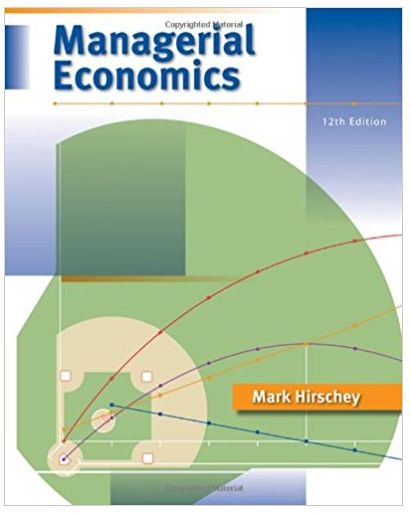The James Bond Fund is a mutual fund (open-end investment company) with an objective of maximizing income
Question:
The James Bond Fund is a mutual fund (open-end investment company) with an objective of maximizing income from a widely diversified corporate bond portfolio. The fund has a policy of remaining invested largely in a diversified portfolio of investment-grade bonds. Investment-grade bonds have high investment quality and receive a rating of Baa or better by Moody's, a bond rating service. The fund's investment policy states that investment-grade bonds are to be emphasized, representing at least three times the amount of junk bond holdings. Junk bonds pay high nominal returns but have low investment quality, and they receive a rating of less than Baa from Moody's. To maintain the potential for high investor income, at least 20 percent of the fund's total portfolio must be invested in junk bonds. Like many funds, the James Bond Fund cannot use leverage (or borrowing) to enhance investor returns. As a result, total bond investments cannot total more than 100 percent of the portfolio. Finally, the current expected return for investment-grade (I) bonds is 9 percent, and it is 12 percent for junk (J) bonds.
A. Using the inequality form of the constraint conditions, set up and interpret the linear programming problem that the James Bond Fund would use to determine the optimal portfolio percentage holdings of investment-grade (I) and junk (J) bonds. Also formulate the problem using the equality form of the constraint conditions. (Assume that the fund managers have decided to remain fully invested and therefore hold no cash at this time.)
B. Use a graph to determine the optimal solution, and check your solution algebraically. Fully interpret solution values.
C. Holding all else equal, how much would the expected return on junk bonds have to fall to alter the optimal investment policy determined in part B? Alternatively, how much would the return on investment-grade bonds have to rise before a change in investment policy would be warranted?
D. In anticipation of a rapid increase in interest rates and a subsequent economic downturn, the investment committee has decided to minimize the fund's exposure to bond price fluctuations. In adopting a defensive position, what is the maximum share of the portfolio that can be held in cash given the investment policies stated in the problem?
The expected return is the profit or loss an investor anticipates on an investment that has known or anticipated rates of return (RoR). It is calculated by multiplying potential outcomes by the chances of them occurring and then totaling these... Portfolio
A portfolio is a grouping of financial assets such as stocks, bonds, commodities, currencies and cash equivalents, as well as their fund counterparts, including mutual, exchange-traded and closed funds. A portfolio can also consist of non-publicly...
Step by Step Answer:






